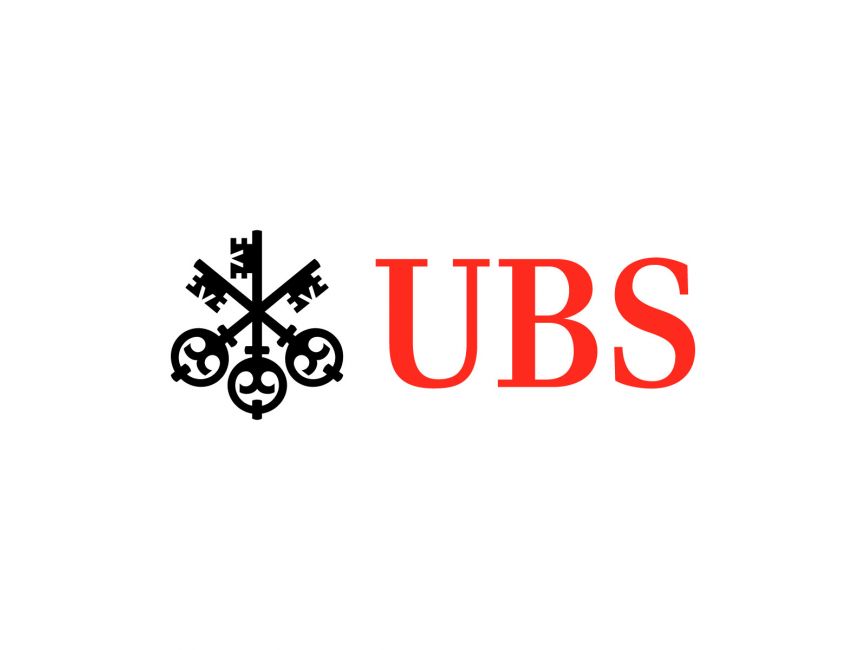Much has changed since the first exchange-traded fund
hit European exchanges 20 years ago.
What was first an idea by the Securities and Exchange Commission (SEC) to have more liquid products on the market following the 1987 stock market crash, has developed into a $5trn ecosystem that is showing no signs of slowing.
The Toronto Stock Exchange saw the first ever ETF listing on 9 March 1990. With the US hot on its neighbour's heels, the SPDR S&P 500 ETF Trust (SPY), now the world’s largest ETF, was launched three years later.
Europe was somewhat slower to react to the ETF revolution. Merrill Lynch was the first to recognise its potential this side of the pond seven years later and it listed two products, the Dow Jones Euro STOXX 50 and Dow Jones Euro STOXX 50 LDRS ETFs, on the Deutsche Börse on 11 April 2000.
As assets started to flow into ETFs, more products hit the shelves as asset managers started to realise the enormous growth potential.
Four issuers, in particular, began to dominate these flows, each with a regional foothold and with the backing of a major bank; Lyxor in France, Deutsche Asset Management in Germany, UBS in Switzerland and iShares, under the Barclays Global Investors brand, in the UK.
While these four remain among the largest ETF issuers in Europe, major US players started to sniff around at an opportunity to enter the market.
By expansion or acquisition, State Street Global Advisors, First Trust, Invesco, JP Morgan, WisdomTree, Vanguard and most recently, Goldman Sachs, all entered the market and have been capturing assets with varying degrees of success.
Battle lines are being drawn as the old guard look to protect their market share while the new players plan big disruption.
It is widely agreed competition for market cap-weighted ETF assets on the equity side is done. Lyxor and JP Morgan found this when they launched the cheapest products on the European market at 0.04%, however, both ETFs have failed to capture significant flows.
Fixed income, on the other hand, is only just getting started. The asset class accounts for roughly 30% of ETF assets in Europe however when looking at mutual funds, this number rises to around 80%. As the ETF market matures, it is thought the industry will mirror the development of mutual funds in terms of asset growth.
Therefore, as ETF adoption rates rise so will the growth of the fixed income segment of the market. Innovation is slowly starting to take place however investors still bemoan a lack of non-market cap-weighted products and maturity buckets to slice and dice the market.
While BlackRock dominates fixed income controlling around 60% of the assets, having a full suite of bond ETFs will be crucial if issuers want to dominate for the next two decades.
The other huge growth area is ESG investing. This has already started to take off in Europe as favourable regulation combined with a more socially-conscious investor set are just two of the numerous tailwinds aiding the space.
Accounting for just $50bn of global ETF assets, not one issuer is yet to truly dominate the arena leaving open plenty of opportunity for disruption. At some point, ESG investing will simply become investing as unsustainable assets are slowly removed from portfolios resulting in less cash for those companies to operate.
These two areas are where the fiercest competition will be over the next two decades as ETF issuers look to capture the increasing demand for a variety of solutions.
Experts say Europe is around seven years behind the US in terms of maturity. If across the pond is anything to go by, then things are certainly looking good for a wrapper that was recently described as “one of the great success stories in modern finance”.
Sign up to ETF Stream’s weekly email here













